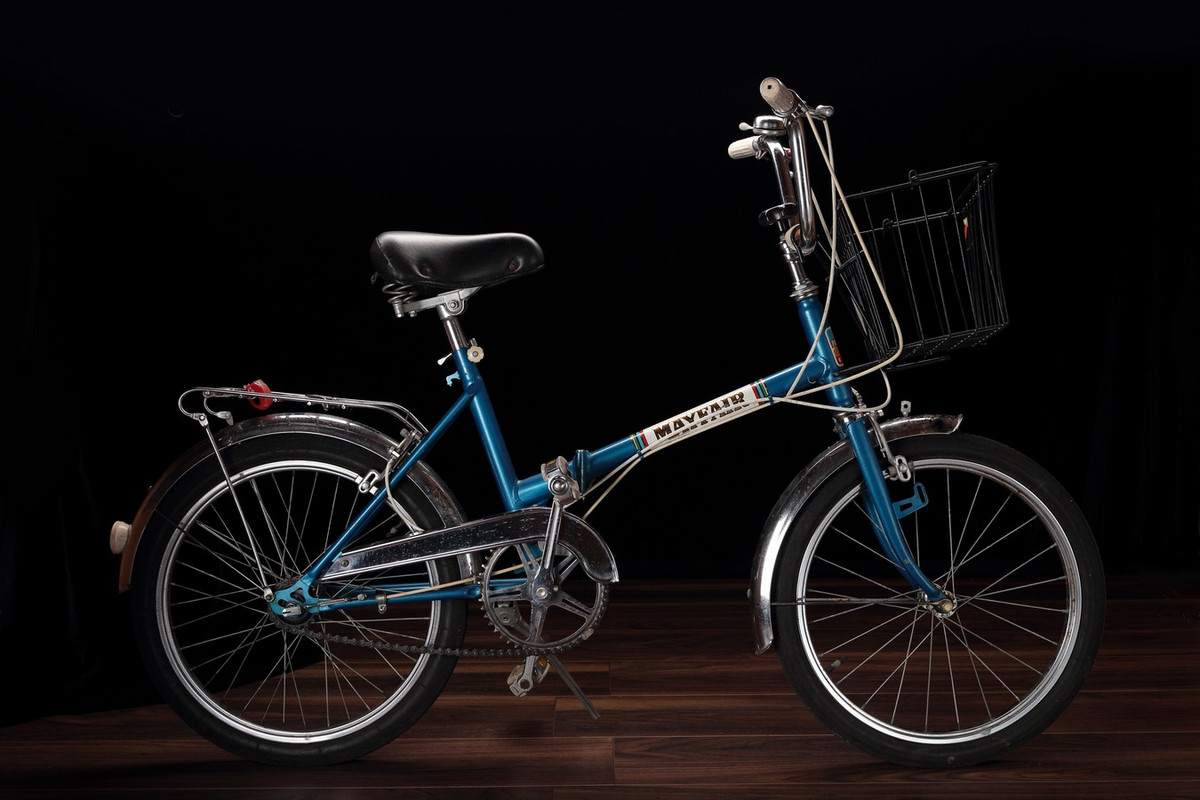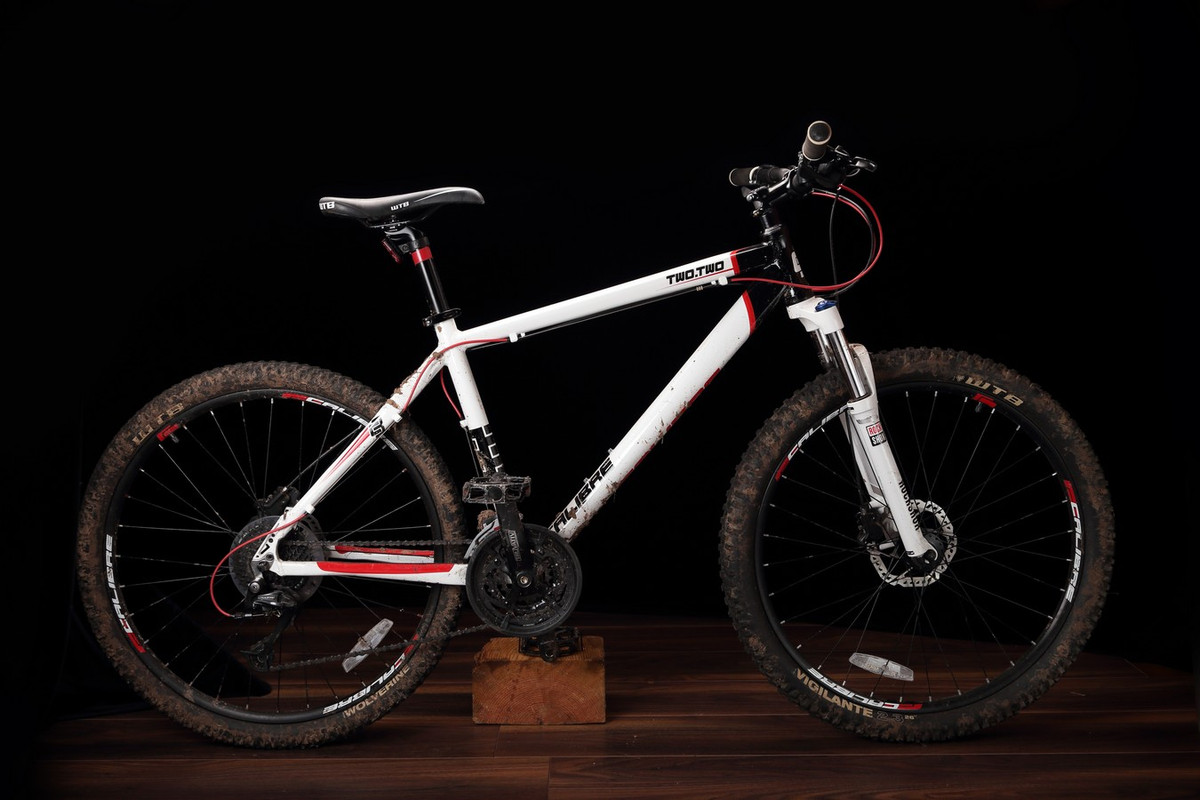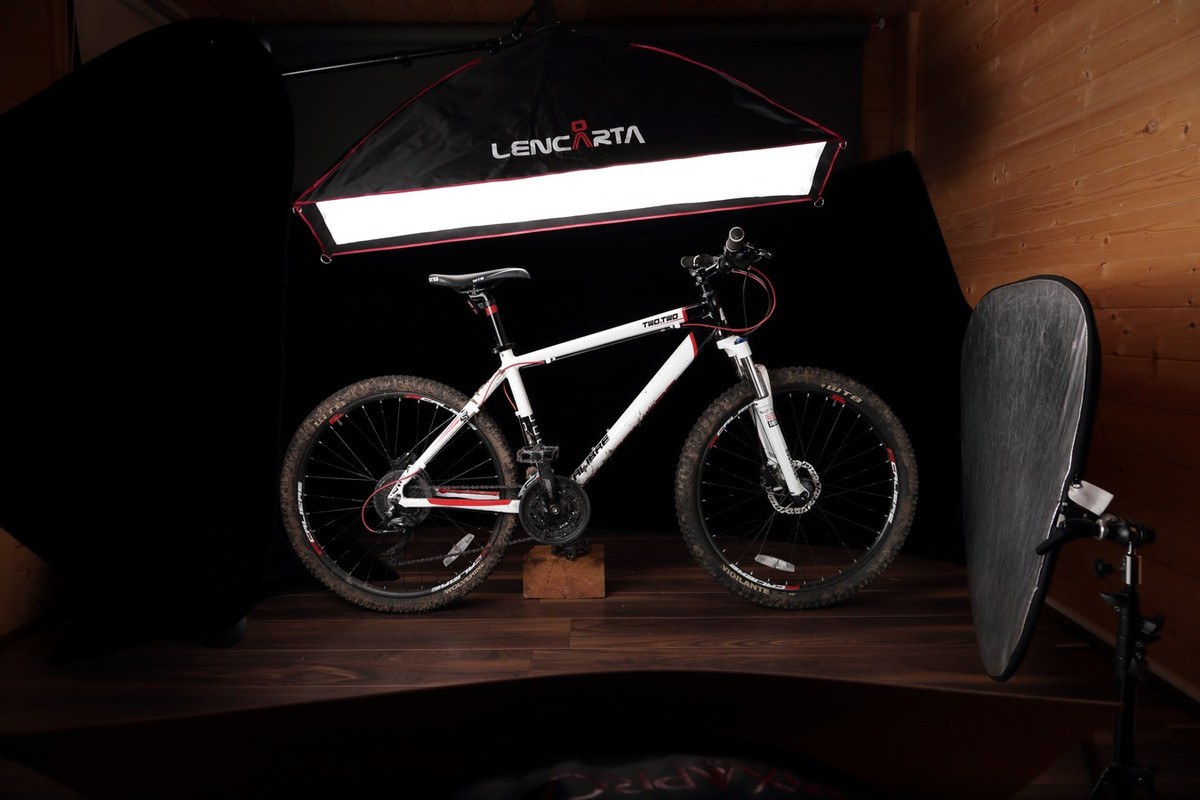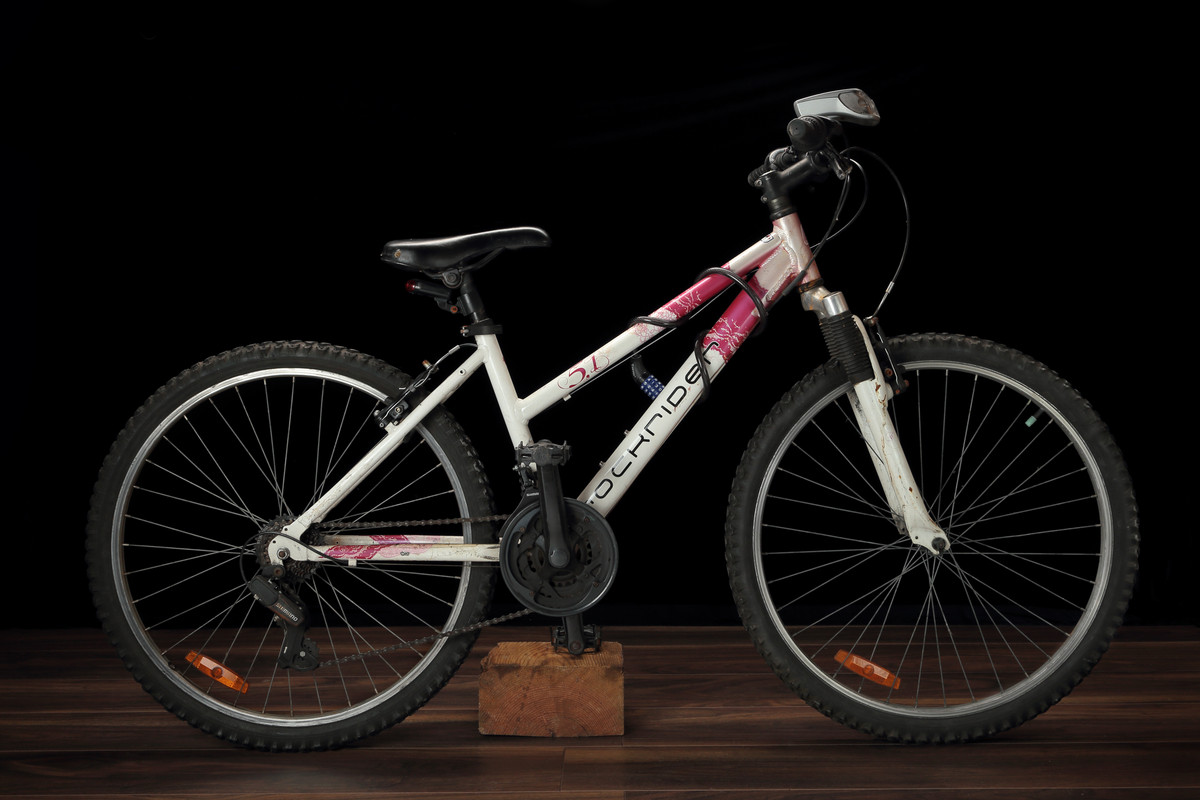Hi all.
Some time ago my Daughter asked would I mind picking this bike up from her Uni accommodation. Obviously being a Dad it's the type of thing we love to do ;-)
This bike has been lurking around our shed for yonks plus said Daughter is skint and so suggested we try and sell it on you know where.
I took a few snaps on my phone as is the norm these would be fine I'm sure.
That said it occurred to me I could have a go at lighting it. I was time rich earlier today. This is the outcome of my efforts. I'm no expert by any means but enjoyed the challenge.
Off the reading I have done in the past it seems lighting from the top is a starting point so that's what I did. Then add the softbox to the left hand side and eventually the bounced speedlight to the right.
I was unsure how much I should be lighting really. That said whilst typing this out it feels obvious that everything needs to be lite ?
It would be great to get some feedback as to how I should have gone about it and how I could have improved the results.
Softbox at back as AD200
Softbox left 580ex
Bounced right side 580ex
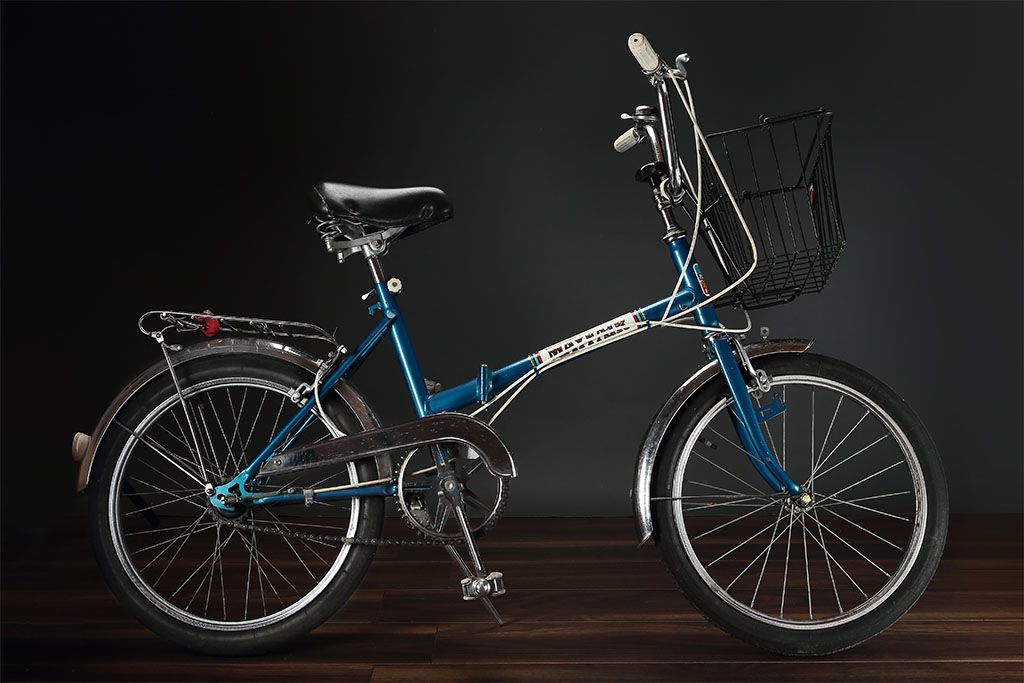
2
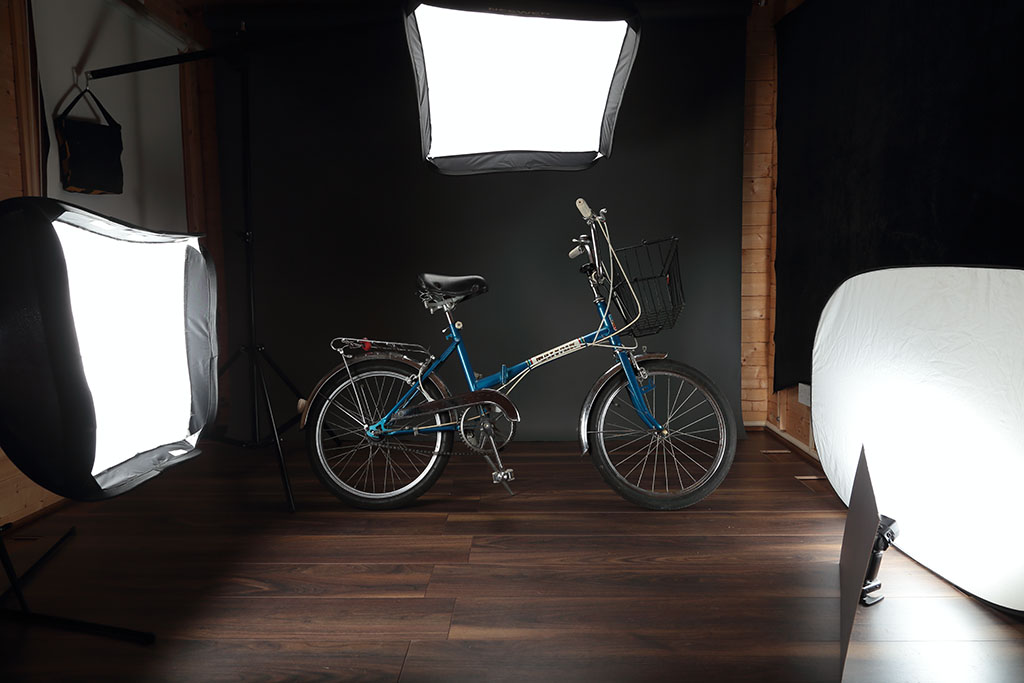
Some time ago my Daughter asked would I mind picking this bike up from her Uni accommodation. Obviously being a Dad it's the type of thing we love to do ;-)
This bike has been lurking around our shed for yonks plus said Daughter is skint and so suggested we try and sell it on you know where.
I took a few snaps on my phone as is the norm these would be fine I'm sure.
That said it occurred to me I could have a go at lighting it. I was time rich earlier today. This is the outcome of my efforts. I'm no expert by any means but enjoyed the challenge.
Off the reading I have done in the past it seems lighting from the top is a starting point so that's what I did. Then add the softbox to the left hand side and eventually the bounced speedlight to the right.
I was unsure how much I should be lighting really. That said whilst typing this out it feels obvious that everything needs to be lite ?
It would be great to get some feedback as to how I should have gone about it and how I could have improved the results.
Softbox at back as AD200
Softbox left 580ex
Bounced right side 580ex

2

Last edited:


